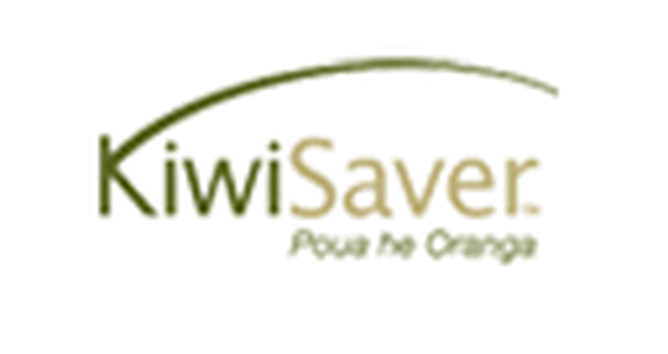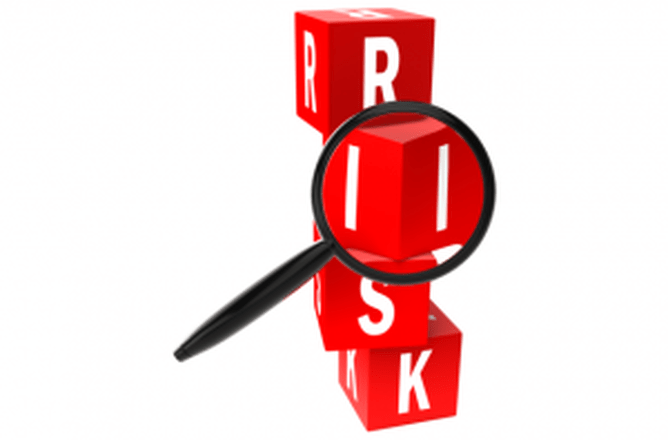The recently published Morningstar KiwiSaver Survey December Quarter 2013 (access here KiwiSaverSurvey31-12-2013) raises interesting questions about what makes up a 'Balanced' Fund.
Risk Profilers
For many years, financial advisers and investors have used 'risk profilers' to work out what kind of risk and volatility investors can bear in their investments. Establishing the suitable risk profile for an investor (and regularly reviewing it) ties into the retirement savings analysis process. Each risk profile has an historic average return, which can be used in planning and seeing whether investors are on target to met their financial goals and objectives or not.
Asset Allocations
Each 'risk profile' has an 'asset allocation' associated with this. This asset allocation assists the investment manager and adviser with ensuring that the investments that you have in place reflect your risk profile. The 'Balanced' Risk Profile has universally been considered to be the profile that you can use to compare performance between investment managers. This is because traditionally, 'Balanced' means 50% of the portfolio in Fixed Interest and Cash assets and 50% in Growth Assets (Equities/Shares and Property).
This provides a strong analytical tool to see how consistent the different funds managers are and therefore provide a comparison of ability and success.
Latest KiwiSaver report
However, looking at the information in the latest Morningstar report, it is clear that 'Balanced' in the traditional sense, does not apply to most funds that are being analysed in the 'Balanced' category. This can have a big impact on comparing investment returns of supposedly the same types of funds. To give an example:
KiwiSaver Balanced Fund returns to 31/12/2013, After Fees, Before Tax
| Balanced PIE KiwiSaver | 12 month return to 31/12/2013 | % Growth Assets |
| Milford Balanced Fund | 16.3% | 69.5% |
| ASB Scheme KS Balanced Fund | 12.4% | 60.4% |
| ANZ OneAnswer KiwiSaver Balanced Fund | 12.4% | 52.6% |
| Westpac KiwiSaver Balanced Fund | 11.4% | 60.8% |
| AMP KiwiSaver Balanced Fund | 10.4% | 63.9% |
| Tower KiwiPlan Balanced | 9.8% | 55.5% |
| Fidelity Life Balanced Fund | 8.8% | 58.9% |
| Grosvenor Balanced Fund | 7.0% | 58.4% |
| Smartshares Balanced | 2.9% | 65.0% |
Information provided by Morningstar Research
As you can see, the top performer for 12 months was the Milford Balanced Fund. However, with 69.5% of assets in Growth Assets, this is more of a 'Growth' Fund and is more aggressive than a typical Balanced fund investor would expect. Similarly, the Smartshares Balanced Fund (which is the lowest performer over this period) has 65% invested in 'growth assets'.
In our opinion at Moneyworks, a Balanced fund should really only have a maximum of 60% of growth assets to really qualify as a 'balanced' fund.
Summary and Recommendation
As a result, we STRONGLY recommend that investors understand how their KiwiSaver fund is actually invested. Just because calls itself a 'balanced' fund, and you are a 'balanced' investor, it does not mean that there is an automatic match of risk profiles and volatility and risk.
We do believe that Milford Balanced Fund and the AMP KiwiSaver Balanced Fund would be suitable investments for many investors, but we would only recommend these for clients who have a more aggressive risk profile than 'Balanced'.
This is the sort of information that a good financial adviser will be reviewing and analysing for their clients.
If you would like any assistance with looking at your financial planning, contact us at carey@moneyworks.co.nz.
If you have any thoughts or opinions that you would like to share, visit us at our Twitter, Facebook or Linked In pages, and comment.
For more blog entries that you might be interested in:
KiwiSaver fees – how important are they really?
Overseas foreign superannuation and the IRD
Bringing your Aussie Super back to NZ – into your KiwiSaver
By Carey Church
This website is operated by Moneyworks NZ Ltd and is not endorsed by, or affiliated with, the New Zealand government or Inland Revenue. Moneyworks NZ Ltd is using the KiwiSaver trade mark and logo under licence from Inland Revenue. To view the official New Zealand government KiwiSaver website, please click Here







